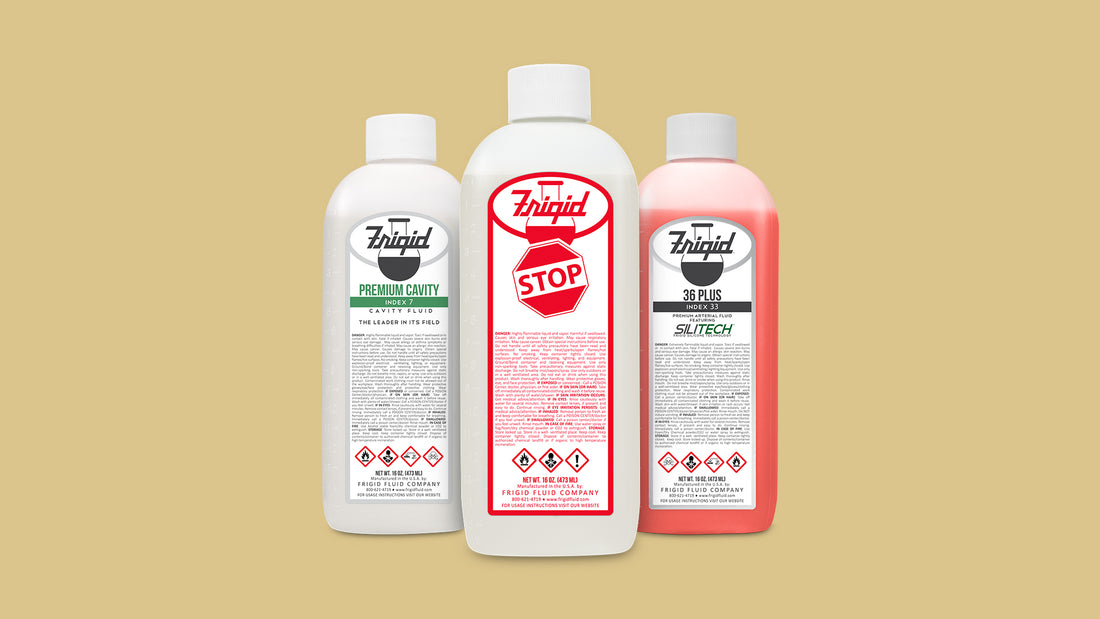Embalming can have many challenges, but your tools should not be one of them. One case that comes to mind is from not too long ago. I was called to the funeral home at the request of the director of the trade embalming service I contracted with. He told me that there was a case that had a maggot issue. The case was a GSW that had a full autopsy and had previously been embalmed. At some point flies had gotten into the preparation room and deposited eggs onto the case and the eggs had blossomed into larva. As we all know, fly larva can survive on embalmed tissue.
I arrived at the funeral home and entered the mortuary area. There was only one decedent in the prep room and that person was in a closed casket. I assumed that the body with maggots was the one in the casket and opened the 18g steel casket head-end lid.
As I opened the lid I saw a young, fully dressed male. The first sign of infestation was at the mouth. There was a pile of maggots that was impressive. Fortunately, I keep several bottles of Frigid’s STOP on hand. STOP (1-STOP) is the most effect maggot killing chemical on the market. It is also great at killing Clostridium perfringens (aka tissue gas).
I proceeded to douse the maggots and the area surrounding the mouth with Frigid’s STOP. The maggot population was quickly liquidated. I took a few moments to make sure that there were no more maggots. I repeated the process with the eyes and the nose.
As I treated the areas of the face, I noticed some movement underneath the shirt of the deceased. Upon opening the shirt, I noticed several areas where maggot colonies had developed. These areas included multiple gunshot wounds and the thoracic/abdominal autopsy incision. It was clear that I would need to remove the deceased from the casket and undress him on the embalming table. Then I would need to open all of the autopsy incisions.
The cavities and scalp of the decedent were fully infested with maggots. I was able to treat all of the tissues with STOP and effectively kill the maggots quickly and thoroughly.
What makes STOP such an effective embalming chemical when combating maggots or tissue gas is ethylene dichloride. In this situation I used several stand-alone sixteen (16) ounce bottles of STOP. Frigid also offers an arterial with STOP added into it, 36 Plus. Frigid’s Premium Cavity also has some STOP as an additive. These are great embalming options to provide piece of mind to the embalmer for every embalming.
After treating the tissues of the deceased with STOP I dressed the decedent and casketed him. Word from the funeral home the following day was that there was no sign of maggots and the family was happy with the presentation of their son. While maggots may seem like a daunting challenge, with STOP, they can be taken care of quickly and easily.


